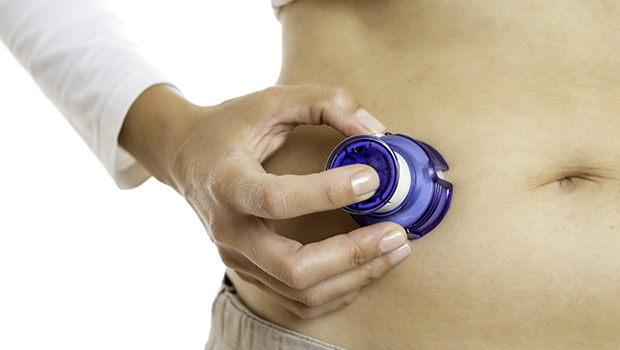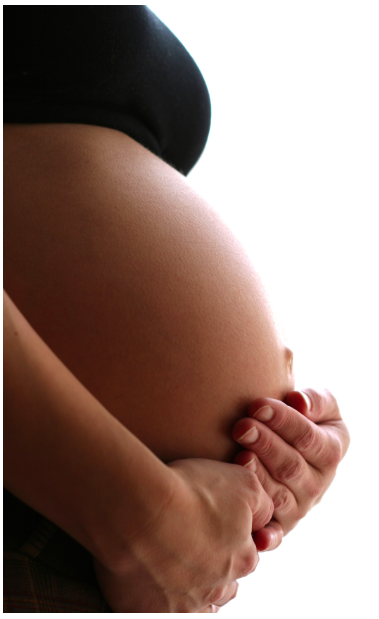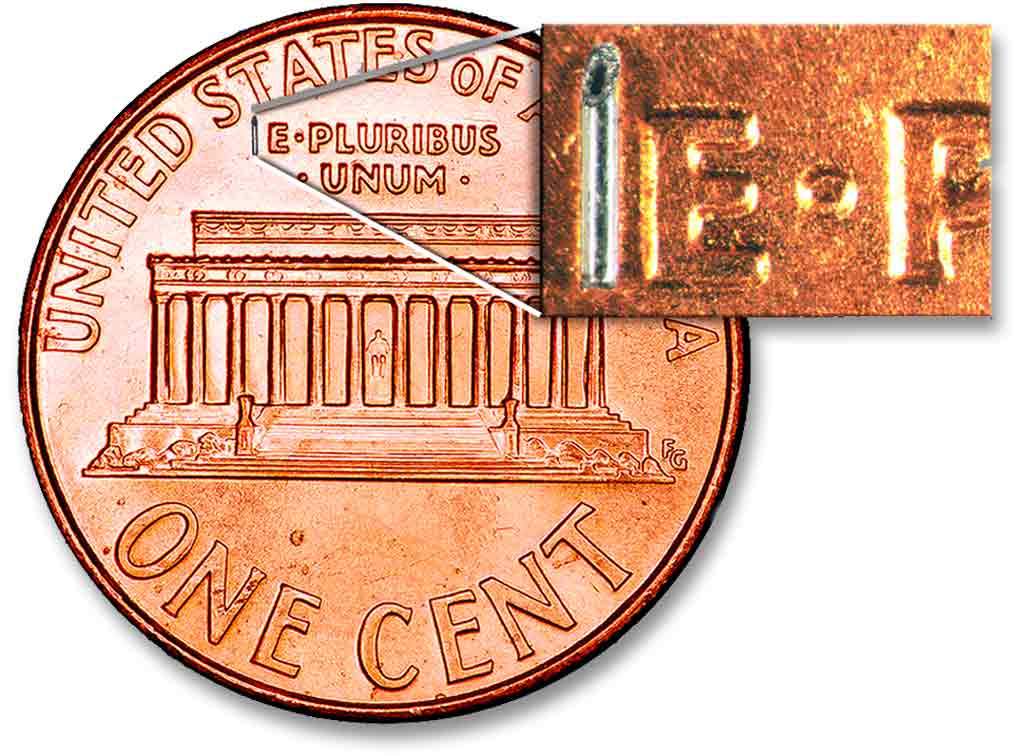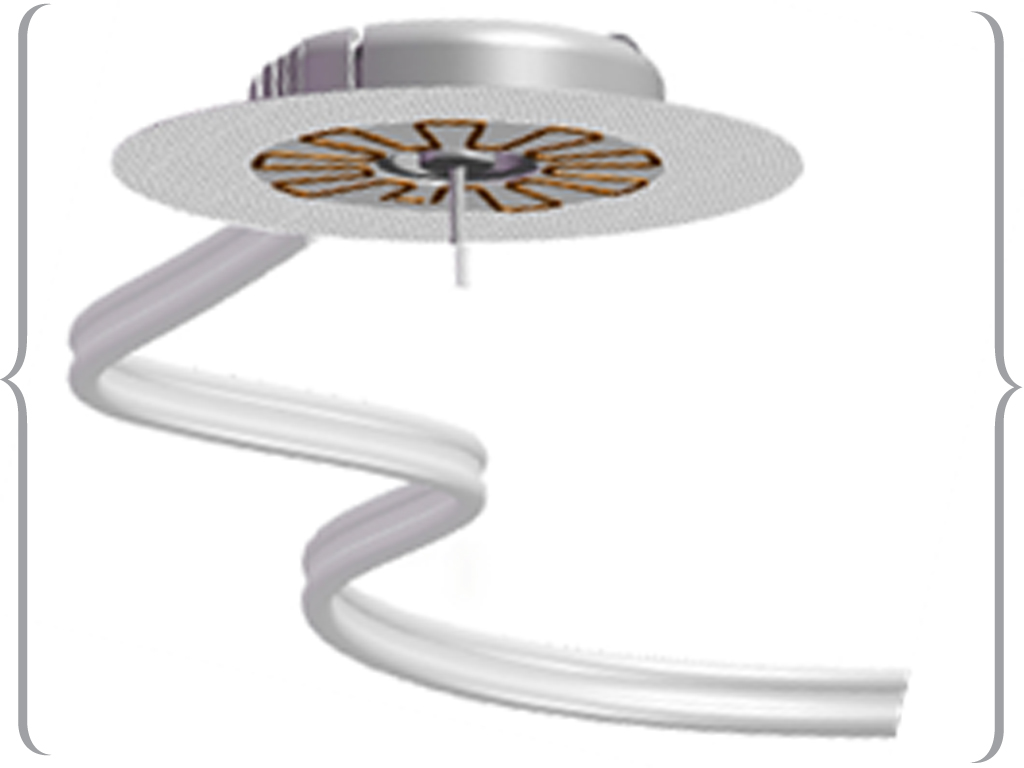Infusion Set Rotation is a Really Good Idea

Integrated Diabetes Services (IDS) provides detailed advice and coaching on diabetes management from certified diabetes educators and dietitians. Insulin Nation hosts a regular Q&A column from IDS that answers questions submitted from the Type 1 diabetes community.
Q – I’m a relatively new pump user, and I’m starting to have trouble finding good sites for my infusion sets. Can I just go back to my favorite ones?
Overuse of infusion sites can cause scar tissue to develop if the areas are not rotated well. Over the years, having only a few sites in use will cause damage to the tissue under the skin and the area will become hard, decreasing insulin absorption.
Rotation of sites is very important – there are many places on the body to insert an infusion set – all of them have to be rotated regularly to maintain the integrity of the skin. To prevent the development of skin problems that could impair insulin absorption, rotate infusion sites in an organized fashion.
Try this system – identify nine possible sites on the left side of the abdomen and number them 1-9 in a chart. Do the same on the right side and label them 10 – 18, with numbers increasing as you move from the outer to the inner part of your abdomen, like this:
[one_half](left side of abdomen)
1 2 3
4 5 6
7 8 9 [/one_half]
[one_half_last](right side of abdomen)
12 11 10
15 14 13
18 17 16 [/one_half_last]
Use each numbered site for 3 days before moving over 2 inches to the new site. It is also important on the abdomen to stay at least 3 inches away from the belly button on all sides. This area may not allow consistent absorption of insulin.
You don’t need to stay on the abdomen, of course. Rotate also between different areas of the body. The thighs are a good area – again, ensure proper site rotation (every three days) and allow ample time before returning to the same site. Try to use the lower back above the beltline (the love handle area) or even the upper butt. For those using tubeless pumps, the back of the arms is another alternative. When alternating, aim to use all sites on that part of the body before moving onto a new body part. This will ensure sites don’t get overused.
Keep the area that you last used clean after a site change. Apply an over-the-counter Polysporin or Neosporin type of antibiotic ointment and then cover the site with an adhesive bandage for 24 hours to speed the healing process and decrease the chance of scar tissue.
For the sites that do have scar tissue, avoid use of these areas for quite a while. The scar tissue still may never go away. Regularly massaging the hardened areas can help break up the scar tissue, much like massaging a stiff muscle. The massage would need to be done daily for awhile in order to notice a difference.
While scars may last forever, the more you can set up a system for rotation, the less likely it is that you will develop lasting scar tissue.
Integrated Diabetes Services provides one-on-one education and glucose regulation for people who use insulin. Diabetes “coaching” services are available in-person and remotely via phone and online for children and adults. Integrated Diabetes Services offers specialized services for insulin pump and continuous glucose monitor users, athletes, pregnancy & Type 1 diabetes, and those with Type 2 diabetes who require insulin. For more information, call 1-610-642-6055, go to integrateddiabetes.com or write info@integrateddiabetes.com.
Thanks for reading this Insulin Nation article. Want more Type 1 news? Subscribe here.
Have Type 2 diabetes or know someone who does? Try Type 2 Nation, our sister publication.







